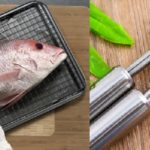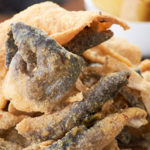It is quite common for people to only eat the lean meat of a fish, or perhaps include the head, while discarding the rest of the parts as they are believed to be less tasty and nutritious. While some parts can be discarded, there are five parts of the fish that you should definitely not throw away as they are packed with essential nutrients for your body.
1 Fish Air Bladder
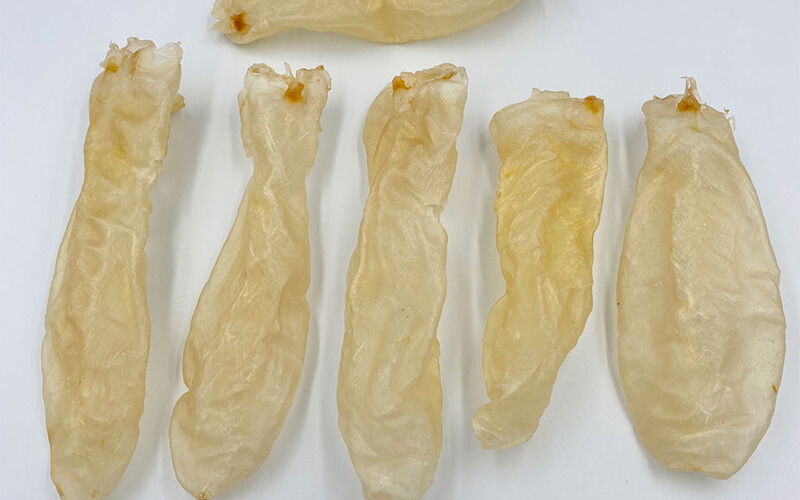 Fish Air Bladder
Fish Air Bladder
According to Traditional Chinese Medicine, the fish air bladder is highly nutritious and valuable, similar to bird’s nest. It contains an abundance of collagen, providing essential amino acids for the body, with very little fat. It is also rich in conjugated linoleic acid (CLA), which is beneficial for regulating cholesterol and triglyceride levels in the blood. Furthermore, it is a rich source of hyaluronic acid, which helps nourish and rejuvenate the skin, combating the aging process.
Cooking methods for the fish air bladder are quite simple and include dishes such as stir-fried air bladder and air bladder soup.
2 Fish Bones
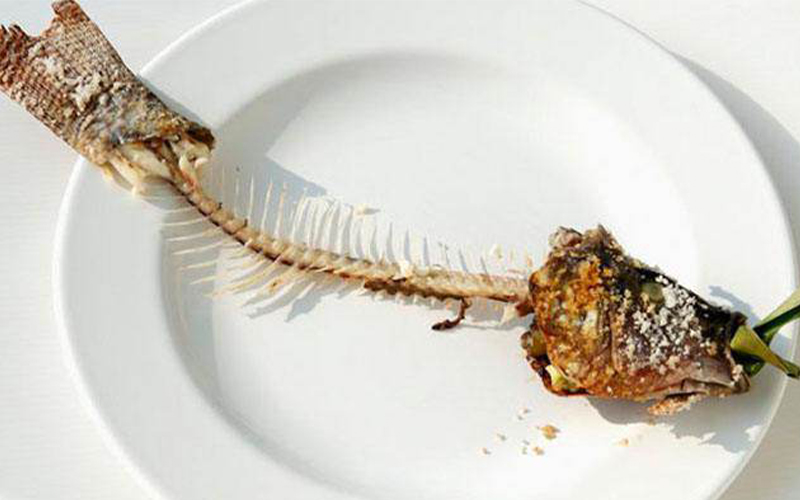 Fish Bones
Fish Bones
Fish bones contain not only calcium but also phosphorus, marine collagen, natural minerals, and trace elements such as zinc, copper, and selenium. Interestingly, the chemical composition of fish bones closely resembles that of human bones. This makes fish bones a biocompatible source of nutrients for humans. When absorbed by the body, these nutrients combine with young bone tissue, stimulating rapid bone regeneration.
You can simmer fish bones to make a nutritious broth, similar to how other animal bones are cooked. This broth can then be used to prepare dishes like porridge or soup. Alternatively, you can add vinegar to the broth, which will soften the bones enough for them to be edible.
3 Fish Offal (Liver, Gallbladder, and Intestines)
 Fish Offal (Liver, Gallbladder, and Intestines)
Fish Offal (Liver, Gallbladder, and Intestines)
According to PGS Le Bach Mai, Vice President of the National Institute of Nutrition, fish offal, particularly the liver and fat, is an excellent source of conjugated linoleic acid (CLA) and omega-3 fatty acids. These are beneficial fatty acids that contribute to brain development in children and help reduce memory loss in the elderly.
Additionally, omega-3 fatty acids are known for their ability to combat AMD, a condition that can lead to blindness.
Thus, fish offal is a nutritious food for both the eyes and the brain. It can be prepared in various dishes such as steamed offal with fermented rice, or stir-fried offal, among others.
4 Fish Scales
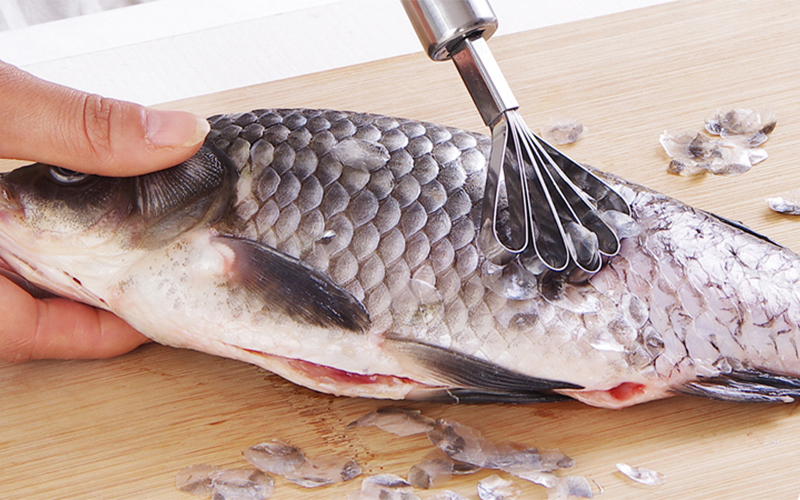 Fish Scales
Fish Scales
Dr. Nguyen Thuy Chinh, from the Vietnam Academy of Science and Technology, successfully extracted collagen and 18 different types of amino acids from fish scales. This proves that fish scales are an excellent source of collagen, amino acids, and other beneficial nutrients for the human body.
To prepare fish scales for consumption, follow these steps: Boil the scales in water with a little vinegar, simmering until they dissolve into a thick soup. Then, let it cool and store it in the refrigerator. When ready to eat, simply reheat and season to taste.
5 Fish Skin
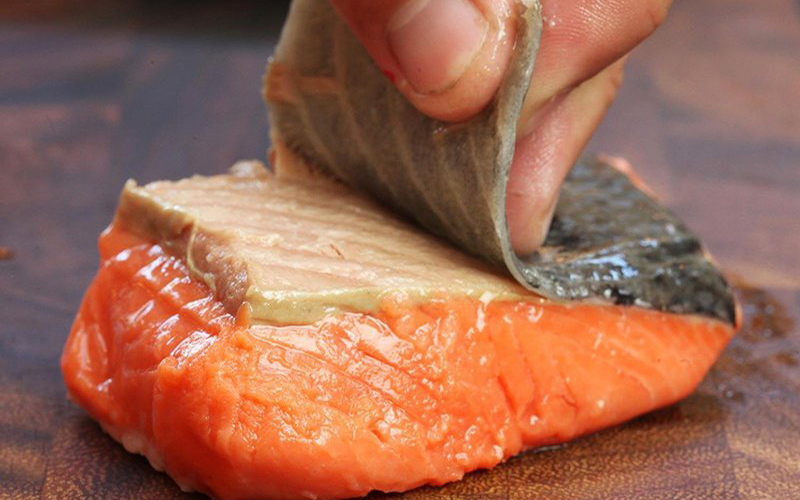 Fish Skin
Fish Skin
Scientific studies have shown that fish skin is rich in beneficial nutrients, including collagen, which improves skin elasticity and rejuvenation. It also contains minerals such as zinc, copper, and selenium, which are not only beneficial for the skin but also for overall bodily maintenance and development. Additionally, fish skin is a rich source of omega-3 fatty acids, making it a healthy option for fat intake.
To make fish skin more palatable, it is recommended to roast it at a high temperature to make it crispier. Avoid boiling or steaming, as this can make the skin slimy and unappetizing.
With this information, we hope that you will be able to make the most of your fish and not discard these nutrient-rich parts.


























